India, a land of myriad cultures, is home to countless regional celebrations—and Bihar is no exception. A state deeply rooted in historical legacy and spiritual richness, Bihar is a cultural powerhouse with an impressive lineup of traditional festivals. From religious fervour to seasonal celebrations, the Festivals of Bihar present a vibrant mix of devotion, dance, drama, and community spirit. For tourists seeking an immersive cultural experience, Bihar’s festival calendar is a treasure trove of enchanting events that promise unforgettable memories.
In this blog, we take you on a guided journey through the most captivating Festivals of Bihar that entice both domestic and international tourists to experience the region’s soul-stirring cultural heritage.
1. Chhath Puja: The Festival of the Sun God
When: October–November (6 days after Diwali)
Where: Entire Bihar, especially in Patna, Gaya, and Bhagalpur
Chhath Puja is not just a festival but a spiritual experience. Dedicated to Surya (the Sun God) and Chhathi Maiya, this four-day-long celebration is perhaps the most prominent and widely observed in Bihar. Devotees fast, bathe in rivers, offer arghya (water offering) to the sun, and pray for the well-being of their family.
For tourists, witnessing thousands of people offering prayers along riverbanks at sunrise and sunset is both serene and surreal. The discipline, environmental consciousness, and deep-rooted beliefs surrounding Chhath Puja make it a spectacle worth experiencing.
2. Sonepur Mela: The World’s Largest Cattle Fair
When: November (starts on Kartik Purnima)
Where: Sonepur, near Patna
Sonepur Mela blends tradition with commerce. Held at the confluence of the Ganga and Gandak rivers, this fair historically witnessed the trade of elephants, horses, and cattle. Today, it also features handicrafts, local delicacies, folk performances, and circus shows.
Tourists are fascinated by the sheer scale and the traditional charm of the mela. It’s a great opportunity to experience rural Bihar, engage with local artisans, and indulge in unique street food.
3. Shravani Mela: A Devotional Trek to Deoghar
When: July–August (Shravan month)
Where: From Sultanganj (Bihar) to Deoghar (Jharkhand)
During this month-long festival, millions of Kanwariyas (devotees of Lord Shiva) walk barefoot for over 100 km carrying holy water from the Ganges to offer at the Baba Baidyanath temple in Deoghar.
The journey passes through beautiful countryside and villages, offering tourists a raw and authentic look into Bihar’s religious devotion and rustic charm. The chant of “Bol Bam” echoes in the air and the spirit of the pilgrims is contagious.
4. Bihar Diwas: Celebration of the State’s Foundation
When: March 22
Where: All over Bihar
Commemorating the formation of Bihar in 1912, Bihar Diwas is a secular celebration marked by parades, music festivals, cultural exhibitions, and seminars. Organized by the state government, this event celebrates the progress, achievements, and vibrant heritage of Bihar.
Visitors can enjoy folk music, drama performances, local cuisine, and exhibitions that showcase Bihar’s art, history, and innovations.
5. Buddha Jayanti: Honoring the Enlightened One
When: April–May (on full moon day of Vaisakha)
Where: Bodh Gaya
Bodh Gaya, the place where Lord Buddha attained enlightenment, becomes a spiritual haven during Buddha Jayanti. Devotees from around the world gather at the Mahabodhi Temple to chant, meditate, and pay homage.
The atmosphere is calm yet profound, with monks in saffron robes offering prayers. For spiritual tourists, this is a deeply meaningful time to visit.
6. Rajgir Mahotsav: An Artistic Extravaganza
When: October–November
Where: Rajgir
Rajgir Mahotsav is a cultural fiesta organized by the Bihar Government. It brings together classical dance, folk performances, music, and local arts in one grand stage set against the picturesque hills of Rajgir.
Tourists enjoy the eclectic mix of art, shopping stalls, and food courts. It’s a fantastic way to witness the cultural wealth of Bihar.
7. Makar Sankranti (Til Sankranti): A Winter Harvest Festival
When: January 14
Where: Statewide, especially in rural areas
Also known as Tilkut Sankranti, this festival is celebrated with sesame (til) and jaggery sweets. Flying kites, taking holy dips in rivers, and preparing traditional foods mark the day.
Visitors can enjoy local hospitality, indulge in festive delicacies like tilkut, chura, dahi, and witness colorful kite-flying contests across rooftops.
8. Bihula-Bishari Festival: Mythology Meets Rituals
When: August
Where: Bhagalpur
This festival celebrates the folk tale of Bihula and Mansa Devi (snake goddess). Through ritualistic storytelling, dances, and songs, locals pay tribute to these mythological legends.
The vibrancy and community participation captivate tourists. It’s a great time to interact with locals and understand Bihar’s rich folklore traditions.
9. Sama-Chakeva: Sibling Bond Beyond Raksha Bandhan
When: November
Where: Mithila Region
This festival, deeply rooted in Mithilanchal culture, celebrates the bond between brothers and sisters. Women craft clay idols of Sama and Chakeva, decorate them, and perform rituals for their brothers’ well-being.
For tourists visiting north Bihar, especially Madhubani, this is a chance to observe authentic regional customs, folk songs, and art traditions like Madhubani painting.
10. Holi in Bihar: Colors with a Rustic Twist
When: March
Where: All over Bihar
Holi in Bihar is wild, musical, and full of local flavor. Folk songs (Phagua), dance, and colored powders fill the air. In many areas, Holi is celebrated for two days—with one day dedicated to traditional Holi Milan events.
If you want to experience Holi with rural authenticity and unparalleled enthusiasm, Bihar is the place to be.
The Cultural Significance of Bihar’s Festivals
What makes the Festivals of Bihar truly enchanting is their strong foundation in folklore, mythology, and communal spirit. They represent:
- Spiritual discipline (Chhath Puja, Shravani Mela)
- Cultural vibrancy (Rajgir Mahotsav, Bihar Diwas)
- Community and social bonding (Sama-Chakeva, Holi)
- Artistic heritage (Bihula-Bishari, Sonepur Mela)
Each festival provides insight into the values, traditions, and storytelling techniques that define Bihar’s cultural identity.
Why Tourists Should Explore Festivals of Bihar
- Cultural Immersion: A chance to live among locals and experience their ways of celebration.
- Photography and Art: Visually rich events, ideal for content creators and artists.
- Culinary Experiences: Festivals offer local delicacies not easily found in mainstream restaurants.
- Spiritual Exploration: Many festivals are deeply spiritual and held in sacred locations.
Tips for Tourists Visiting During Festival Season
- Plan Ahead: Book accommodations early during major festivals like Chhath and Sonepur Mela.
- Respect Traditions: Dress modestly, avoid loud behavior, and follow local customs.
- Hire a Local Guide: Helps decode rituals and enhances your cultural understanding.
- Try Local Foods: Each festival comes with its own festive cuisine—don’t miss it!
FAQs About Festivals of Bihar
1. What is the most famous festival in Bihar?
Chhath Puja is considered the most iconic and widely celebrated festival in Bihar.
2. When is the best time to visit Bihar for festivals?
October to March is ideal as many major festivals like Chhath, Sonepur Mela, and Holi occur during this period.
3. Are the festivals safe for foreign tourists?
Yes, most festivals are tourist-friendly. Still, it’s advised to follow safety precautions and travel with a local guide.
4. What food items are famous during Bihar festivals?
Tilkut, thekua, chura-dahi, litti-chokha, and kheer are some famous festive foods.
5. Do I need to register to attend festivals like Sonepur Mela?
No formal registration is needed, but booking accommodation early is advisable.
6. Can I photograph during festivals?
Yes, but always ask for permission before clicking pictures of rituals or people.
7. Are there any unique folk dances performed during these festivals?
Yes, performances like Jat-Jatin, Bidesia, and Chhau are common during cultural festivals.
8. What souvenirs can I buy during festival fairs?
Madhubani paintings, terracotta items, local textiles, and traditional sweets.
9. Is Holi in Bihar different from other places in India?
Yes, Bihar’s Holi has a more rustic and musical flavor with traditional folk songs called Phagua.
10. How can Adotrip help in planning my festival trip to Bihar?
Adotrip offers curated travel packages, cultural guides, local tips, and booking assistance to make your festival trip seamless and enriching.
Conclusion
The Festivals of Bihar are not just events—they are a celebration of life, resilience, and cultural depth. For tourists, they offer an intimate glimpse into the soul of Bihar, far beyond its temples and historical landmarks. Whether you’re a spiritual seeker, cultural explorer, or festive adventurer, Bihar’s festivals welcome you with open arms and unforgettable experiences.
Plan your trip with Adotrip and dive deep into the heart of Bihar’s festivities. Nothing is far!

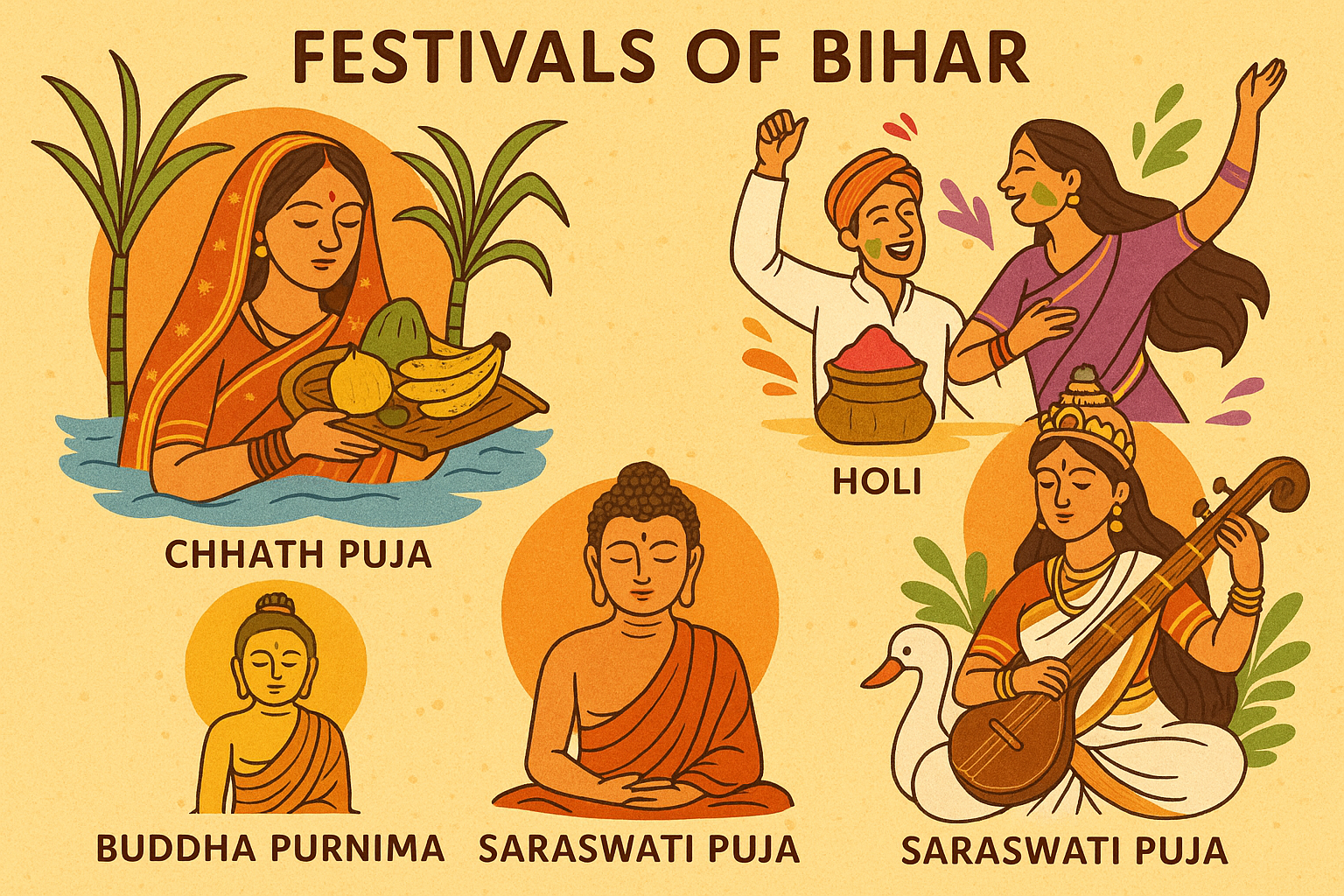

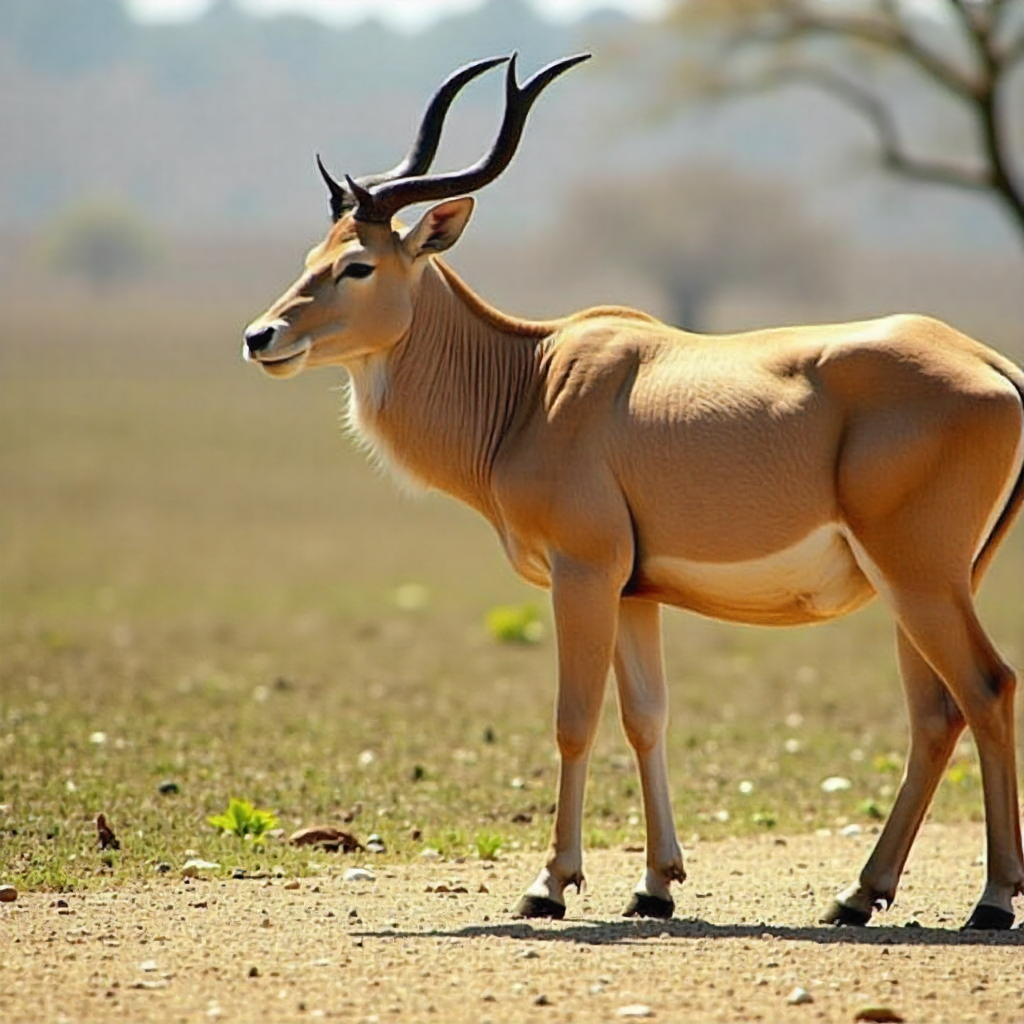
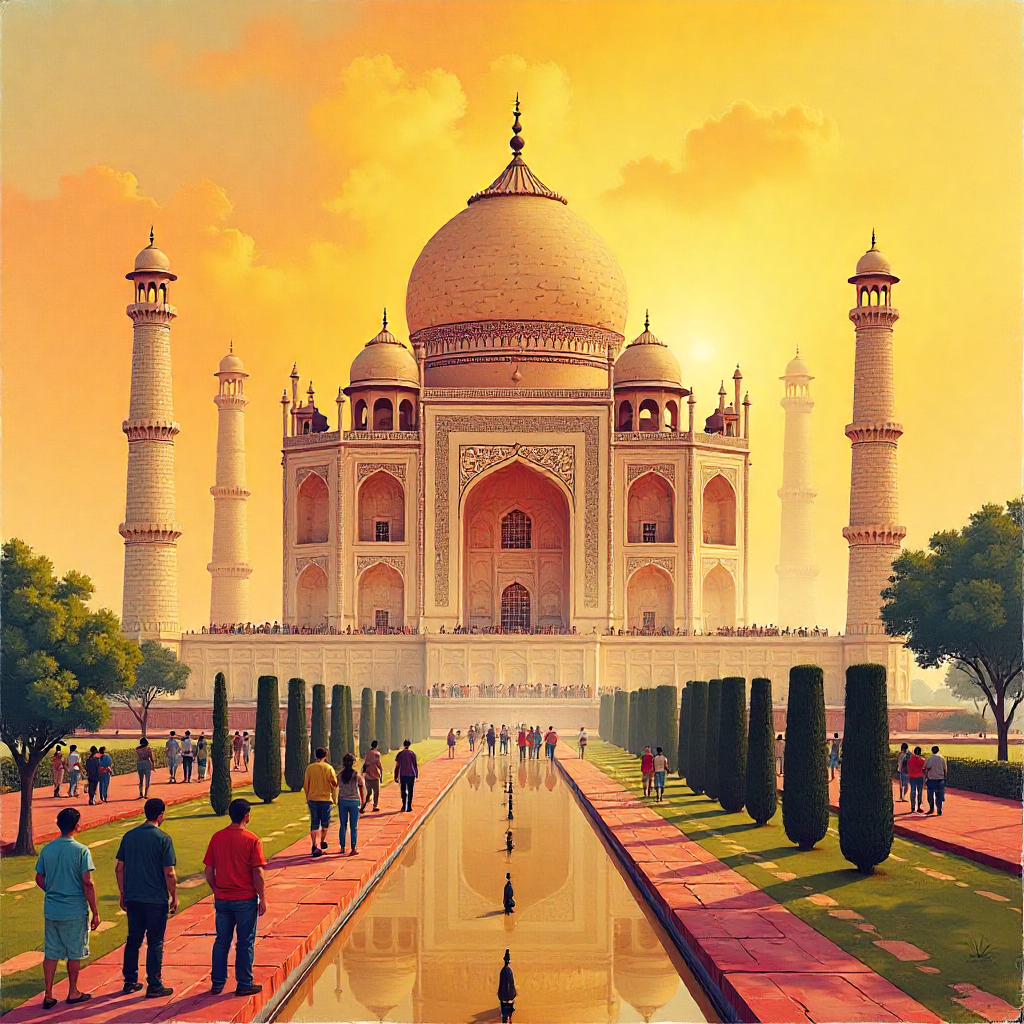

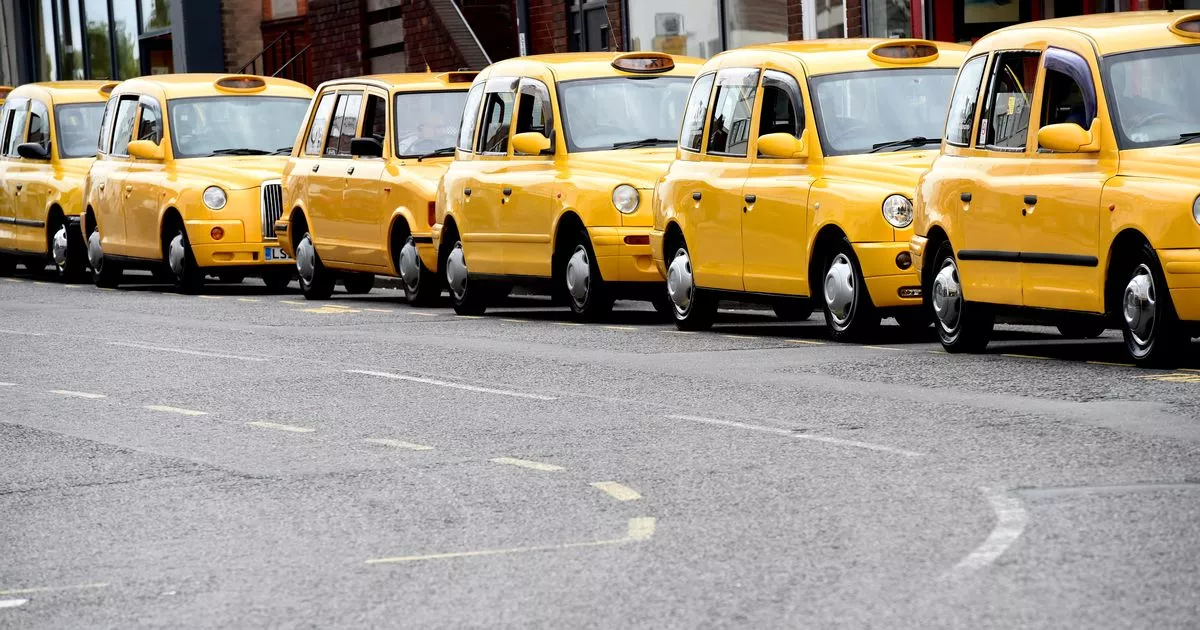
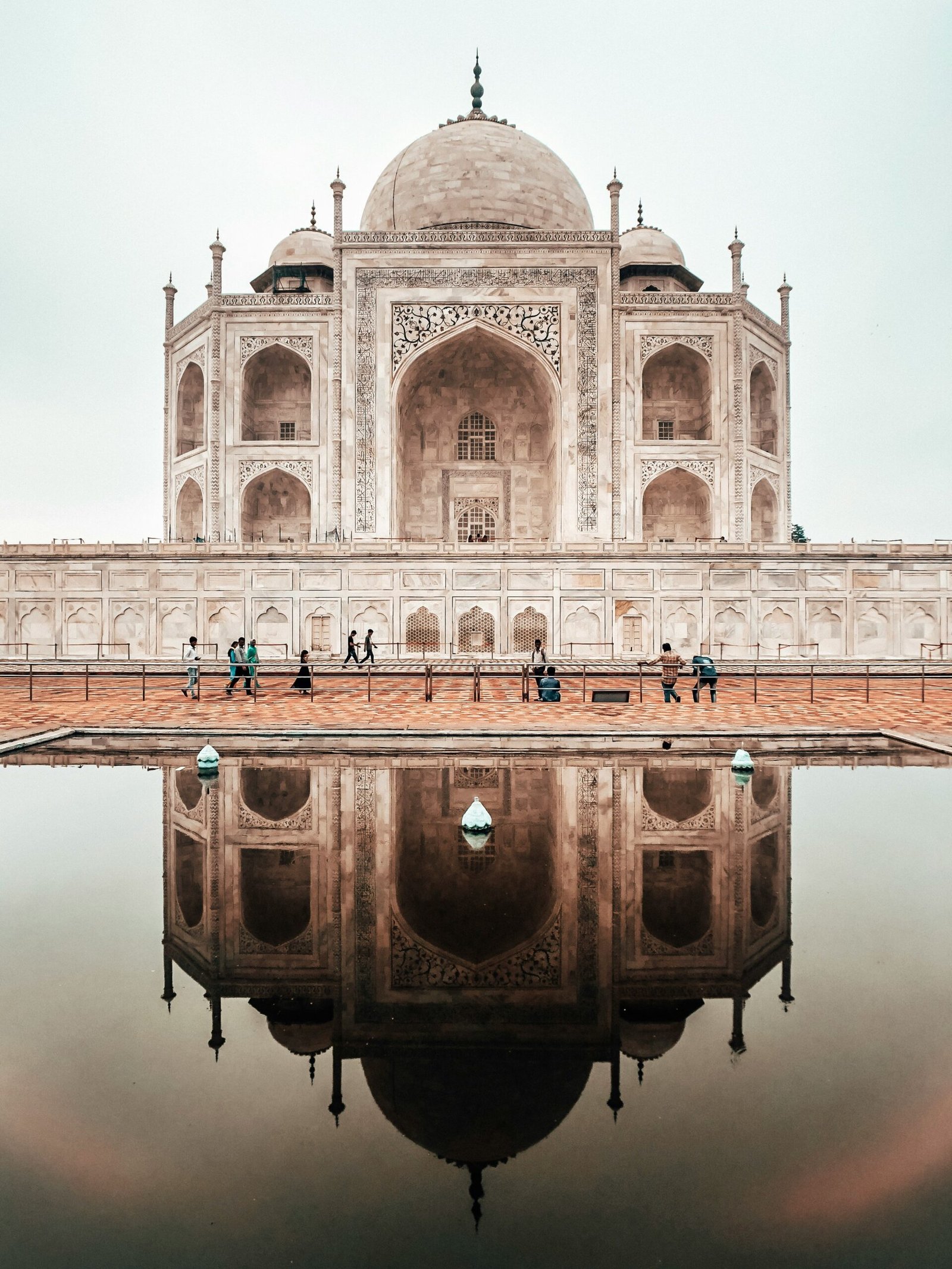
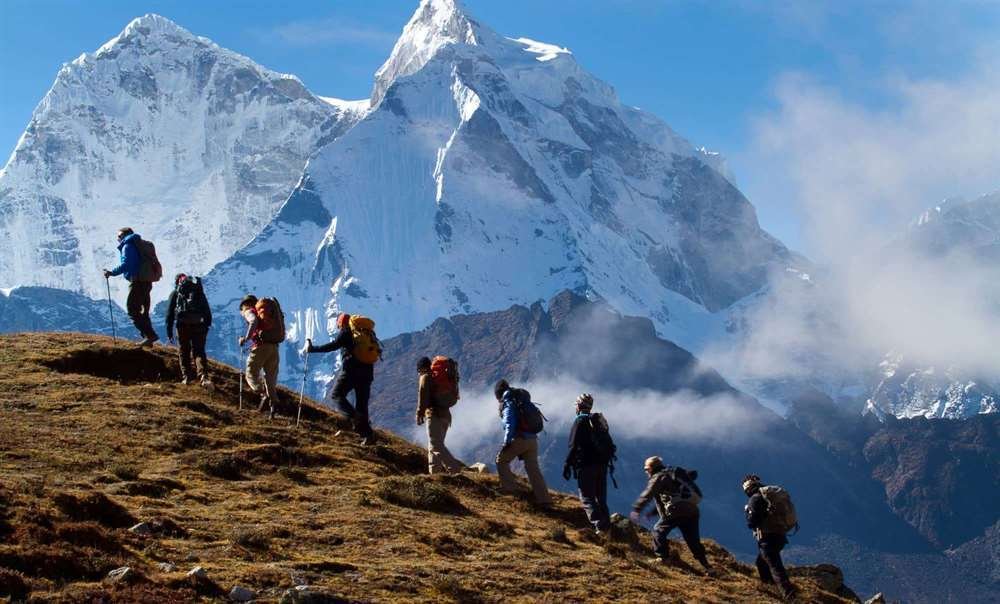
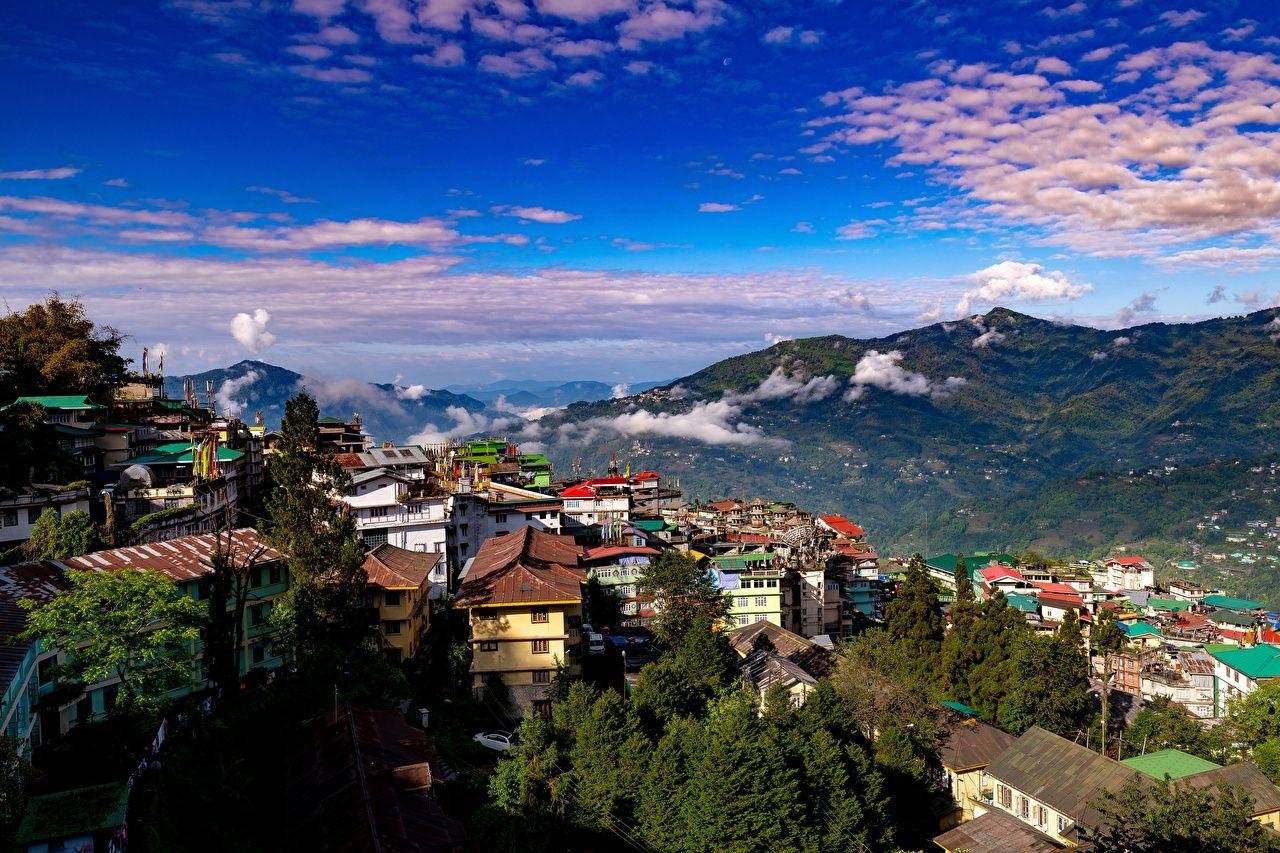


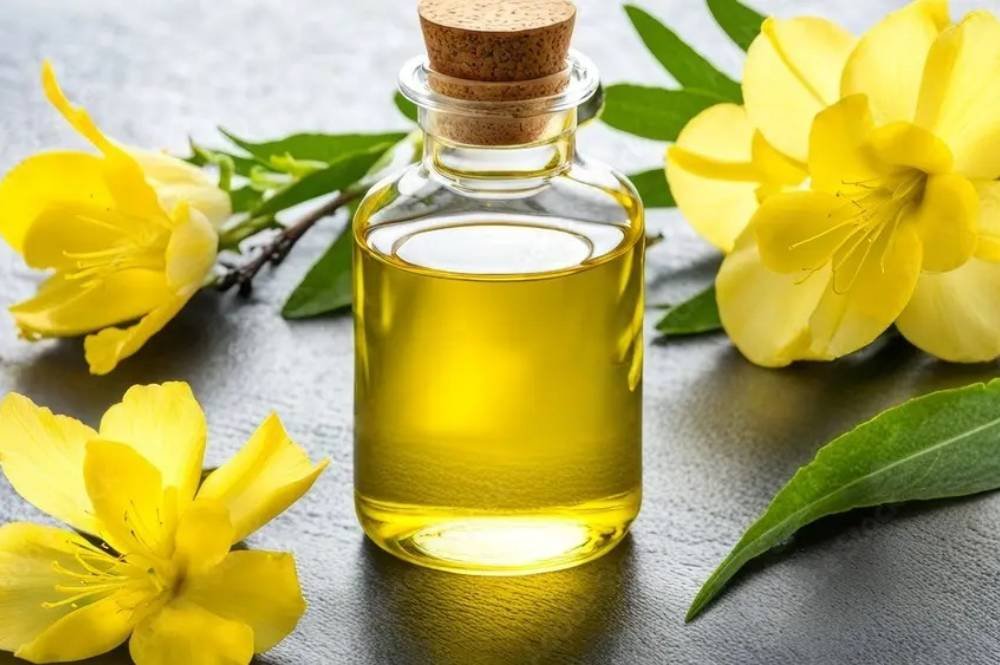

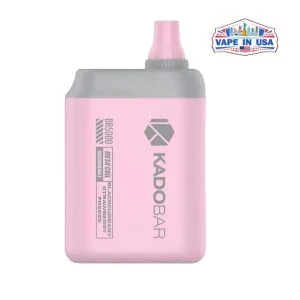
Leave a Reply